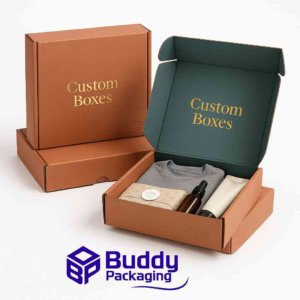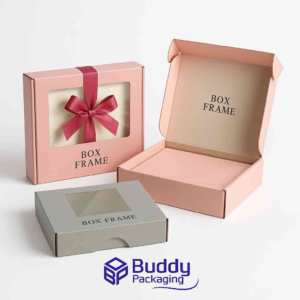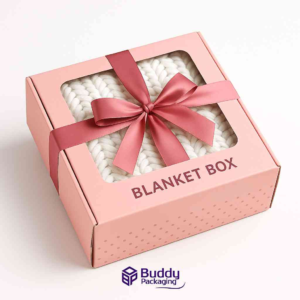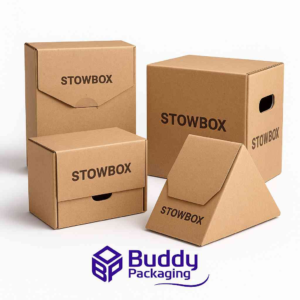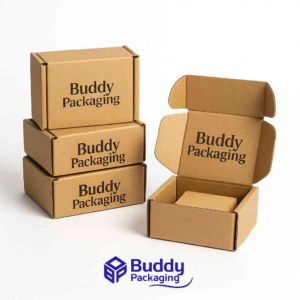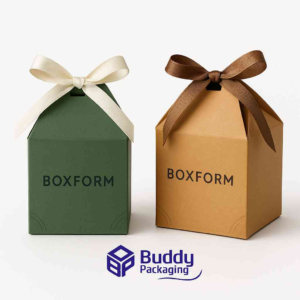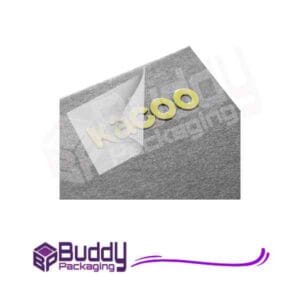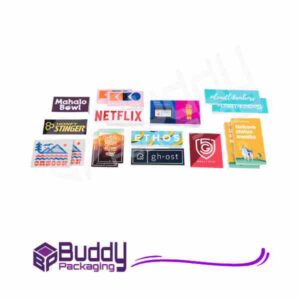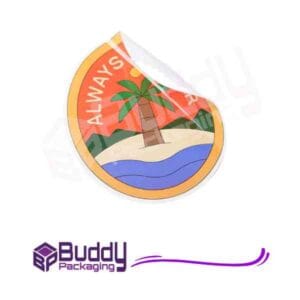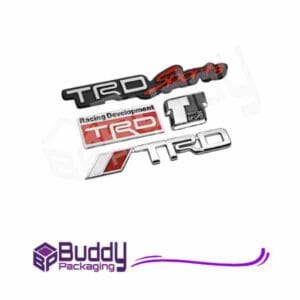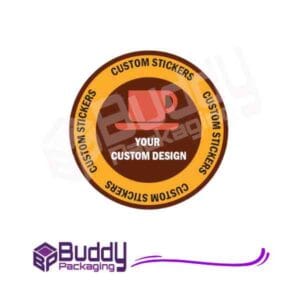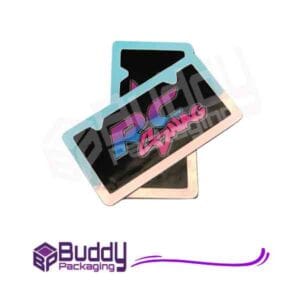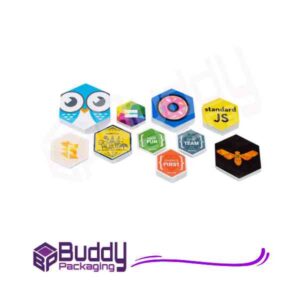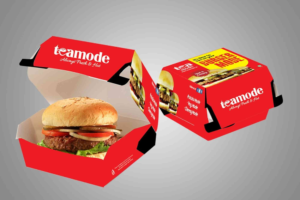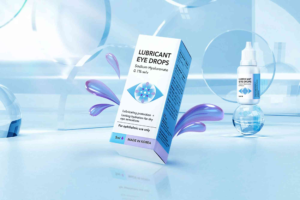Introduction
Packaging is more than just a protective cover for products—it’s a powerful marketing tool that communicates a brand’s identity. Following proper packaging design guidelines can significantly influence customer perception, improve product usability, and boost sales. From colours choices to material selection, each design element plays a crucial role in creating an unforgettable unboxing experience. In this article, we’ll explore practical packaging design guidelines to help brands craft compelling, functional, and visually appealing packaging that resonates with consumers.
Understanding the Role of Packaging Design
Packaging design serves multiple purposes beyond mere aesthetics. It protects the product, informs the customer, and reinforces the brand identity. By adhering to packaging design guidelines, businesses ensure consistency across products and enhance the overall consumer experience. Strong packaging design can also differentiate a product from competitors on crowded shelves, making it easier for potential buyers to identify and trust your brand.
The Psychology Behind Packaging
Colours psychology is a crucial consideration in packaging design. Different colours evoke various emotions—red can create urgency, blue signals trust, and green often implies eco-friendliness. Fonts, shapes, and textures also influence perception. For example, sleek minimalist designs suggest modernity and sophistication, while bold, playful designs can appeal to a younger demographic. Understanding how these elements interact can help designers create packaging that speaks directly to the target audience.
Branding Consistency
Maintaining a consistent brand identity across all packaging is essential. Logos, colours schemes, and typography should reflect the overall brand image. This consistency builds trust and recognition, which are key drivers of consumer loyalty. When designing packaging, consider how each element aligns with your brand values, messaging, and target market expectations.
Material Selection and Sustainability
Material choice significantly affects both product protection and environmental impact. Cardboard, plastic, glass, and metal all offer distinct benefits, but sustainability is increasingly important to modern consumers. Using recyclable or biodegradable materials can enhance your brand’s eco-conscious image while also meeting regulatory requirements in certain markets.
Eco-Friendly Materials
Brands are shifting towards sustainable packaging solutions that reduce waste and minimise environmental impact. Corrugated cardboard, plant-based plastics, and reusable packaging options are gaining popularity. These materials not only appeal to environmentally conscious consumers but also convey a commitment to ethical business practices.
Durability and Functionality
Packaging must protect the product throughout the supply chain. While aesthetics are important, functionality cannot be overlooked. Sturdy materials, secure closures, and protective inserts prevent damage and ensure the product reaches the consumer in perfect condition. Proper packaging design guidelines stress balancing beauty with practicality.
Designing for User Experience
A seamless user experience enhances satisfaction and encourages repeat purchases. Packaging should be intuitive, easy to open, and suitable for the product type. Clear labelling, instructions, and accessibility features improve usability. Additionally, creative unboxing experiences can foster emotional connections with the brand.
Clear Messaging
Effective packaging communicates product benefits clearly. Information hierarchy, legible fonts, and concise messaging ensure the customer understands what the product is and why it matters. Visual cues such as icons or diagrams can aid comprehension and improve overall satisfaction.
Engaging Unboxing Experience
The unboxing moment is an opportunity to leave a lasting impression. Incorporating tactile elements, thoughtful inserts, or clever folds can create a memorable experience that encourages social sharing and strengthens brand loyalty. Such experiences turn packaging into a marketing asset in itself.
Colours, Typography, and Imagery
Visual elements are at the heart of effective packaging design. Colours, typography, and imagery convey the brand’s personality and influence purchasing decisions. Following packaging design guidelines ensures these elements are consistent, purposeful, and impactful.
Strategic Colours Use
Selecting the right colours for packaging is not arbitrary. They should align with brand identity and appeal to the target audience. Harmonious colours schemes, contrasts, and accents can attract attention while reinforcing the product’s message.
Typography Considerations
Typography should balance style and readability. Fonts convey tone, whether playful, elegant, or professional, and should complement the brand’s image. Maintaining a clear hierarchy for headings, subheadings, and product details enhances clarity and ensures essential information is easily digestible.
Imagery and Graphics
High-quality imagery and graphics can enhance storytelling on packaging. Custom illustrations, lifestyle photographs, or subtle textures add depth and character. Visual elements must integrate seamlessly with colours, typography, and overall design to maintain cohesion.
Legal and Regulatory Compliance
Packaging design must comply with industry regulations. Product labelling, safety instructions, and nutritional information (for food items) are often mandatory. Following packaging design guidelines includes understanding these legal requirements to avoid penalties and maintain consumer trust.
Integrating Digital and Interactive Elements
Modern packaging increasingly incorporates digital elements to engage tech-savvy consumers. QR codes, augmented reality experiences, and social media prompts can link physical packaging to digital content, providing additional value and interactivity. Such innovations demonstrate a brand’s forward-thinking approach while enhancing engagement.
Optimising for Retail and E-Commerce
Packaging must perform well in both retail and online environments. Shelf appeal, shipping durability, and cost-effectiveness are all key considerations. Packaging design guidelines emphasise creating versatile designs that look attractive on shelves and survive transit without damage.
Shelf Presence
Effective packaging stands out on crowded retail shelves. Bold shapes, distinct colours, and clear branding can capture attention quickly. The design should also reflect the product’s quality and category to meet consumer expectations.
Shipping Considerations
E-commerce packaging must protect products during shipping. Sturdy materials, cushioning, and tamper-evident seals ensure the product arrives safely. Optimised dimensions can also reduce shipping costs and environmental impact.
Adhering to packaging design guidelines is vital for creating products that resonate with customers, communicate brand values, and drive sales. By focusing on material choice, visual aesthetics, user experience, compliance, and sustainability, brands can craft packaging that is both functional and compelling. Remember, packaging is the first touchpoint with your customer—make it count.
If you’re looking to elevate your product’s presentation, explore our Custom Packaging options, discover more packaging design tips, or visit our Buddy Packaging Location to see our solutions in person. Transform your packaging today and make a lasting impression!
FAQ
What are the key principles of effective packaging design?
Effective packaging design balances aesthetics, functionality, brand consistency, and regulatory compliance while considering consumer psychology and sustainability.
How important is sustainability in packaging design?
Sustainability is increasingly crucial. Eco-friendly materials enhance brand image and appeal to environmentally conscious consumers.
How can packaging improve customer experience?
Clear messaging, intuitive design, and engaging unboxing experiences enhance usability and emotional connection with the brand.
What materials are best for product packaging?
Material choice depends on product type and goals. Cardboard, glass, plastic, and metal are common, with growing emphasis on recyclable and biodegradable options.
How does colours influence packaging design?
Colours evoke emotions and shape perception. Thoughtful colours choices reinforce brand identity and attract target audiences effectively.


